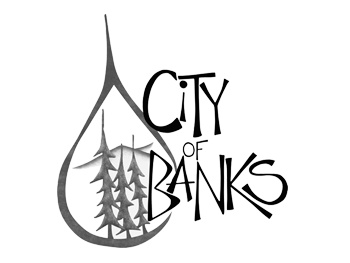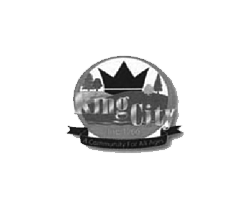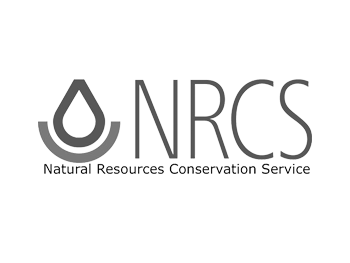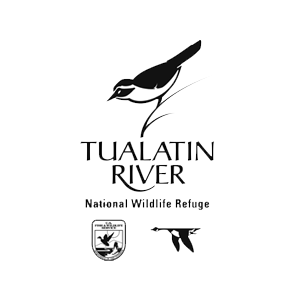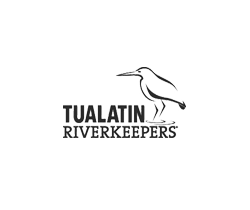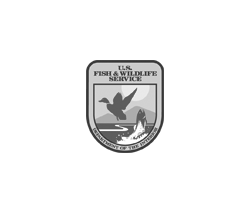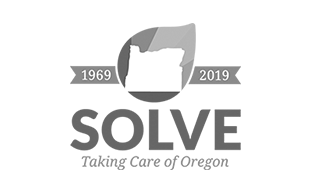Amenities Abound
The City of Banks, population 1,860, is a rural community in western Washington County at the foot of the Oregon Coast Range. The Banks Schools site, on Banks Creek, serves elementary, middle and high school students from the surrounding 450-square mile area, much of it farms and forest land.
The Banks Schools site is only a half-mile from Killin Wetlands Natural Area, a 590-acre wildlife refuge that boasts a very rare example of Willamette Valley scrub-shrub marsh habitat, common before pioneers settled the area. Killin Wetlands is an Audubon Society-designated “Important Bird Area.” It supports an abundance of rare plants and animals, including Geyer willows and the state-sensitive northern red-legged frog. Beavers, ducks, and the occasional elk also call Killin Wetlands home.
The Site
First planting: 2006
Size: 4 acres
Stream length: 1,171 feet
Total to date: 15,621 plants
Plant communities: Riparian Forest, Forested Wetland
The Challenge
In recent years the area adjacent to the creek became overrun with invasive vegetation, the soils became compacted, and the stream became channelized. The area provided little habitat for wildlife and offered no aesthetic interest for students or the public.
The Transformation
When a call went out to restore Banks Creek adjacent to the schools, the community responded with enthusiasm. Clean Water Services provided site preparation and maintenance to get the project started, along with a portion of the planting, and SOLVE organized several volunteer events, planting more than 6,500 trees and shrubs to transform the site into a healthy riparian forest and forested wetland. Contractors continue to control invasive weeds, mowing and inter-planting as necessary, to improve habitat quality, increase biodiversity and meet stewardship goals.
As a result of these partnerships, the Banks Schools site has become an amenity for the community and wildlife alike. There is a trail running the length of the site and Banks students—from kindergarten through 12th grade—are learning about watershed health while viewing native plants and wildlife right outside their classrooms. The surrounding community also has gained a peaceful natural space in a central location. And the Banks Schools site cleans water and provides an important stepping stone for wildlife to nearby natural areas such as Killin Wetlands.
17 native plant species
Plant cover change*
Native shrub/tree: +22%
Native herbaceous: insufficient data
Invasive: +17%
* Figures measure increase/decrease since monitoring began in 2008 and include statistics for all the portions of the project for which data is currently available. Shrub/tree and herbaceous cover are measured only in plant communities appropriate to those species.
Click to explore the change in mature native plant coverage between 2007 (purple) and 2014 (orange).










